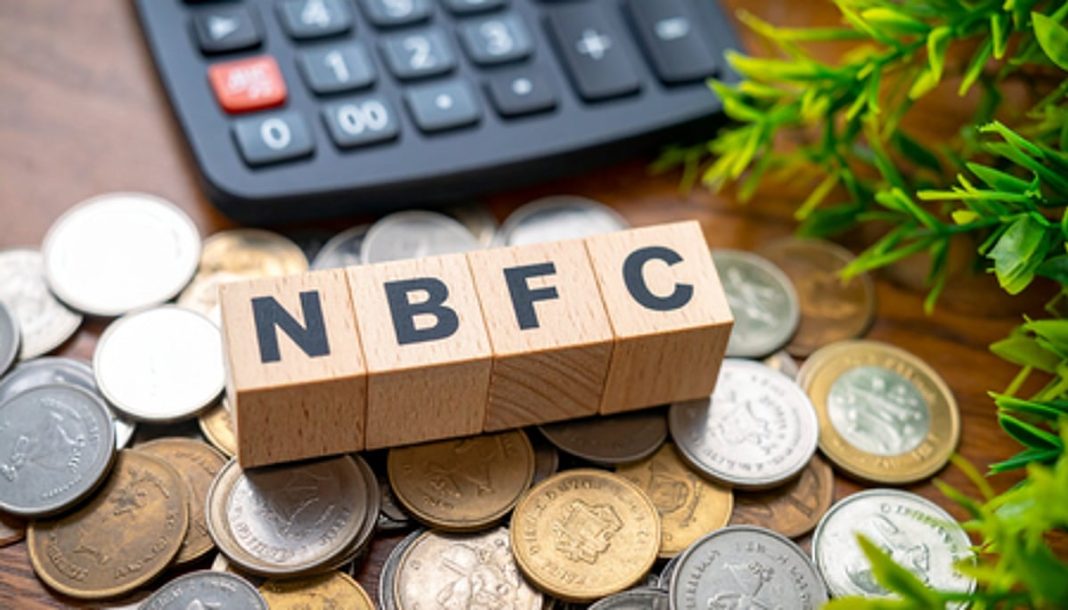Key Takeaways
- NBFCs seek lower SARFAESI threshold from ₹20 lakh to match banks’ ₹1 lakh
- Microfinance sector wants collateral-free loan income limit raised from ₹3 lakh to ₹5 lakh
- Both sectors demand TDS parity with banks on interest payments
- Banks push for tax equality between bonds and fixed deposits
Non-banking finance companies have urged the government to level the playing field in debt recovery by lowering the threshold for SARFAESI Act application. Currently, NBFCs can only use this powerful recovery tool for loans above ₹20 lakh, while banks can deploy it for loans as small as ₹1 lakh.
Microfinance Sector Seeks Higher Eligibility
The microfinance industry has called for expanding collateral-free loan eligibility. Households with annual incomes up to ₹3 lakh currently qualify, but sector representatives want this raised to ₹5 lakh, arguing the existing limit is outdated.
“The microfinance sector wants the eligibility limit to be raised to ₹5 lakh, as the current ₹3 lakh threshold was set long ago,” revealed a meeting attendee.
TDS Disparity Concerns
NBFC representatives highlighted another key disparity: borrowers must deduct 10% TDS on interest payments to NBFCs, while no such deduction applies to bank repayments. They’ve sought equal treatment with banks on this front.
Banking Sector’s Tax Parity Demand
Banking industry representatives pressed for tax parity between long-term capital gains on bonds and fixed deposits. Currently, LTCG on listed bonds faces 12.5% tax after 12 months, while FD interest is taxed at individual income tax rates.
“Banks highlighted that returns on government bond yields are higher, making it challenging for banks to attract customers to deposits,” the source explained. Fully taxable term deposit interest discourages savers when banks need to strengthen their deposit base.
The pre-budget consultation was chaired by Finance Minister Nirmala Sitharaman, with Minister of State for Finance Pankaj Chaudhary and senior ministry officials in attendance.




